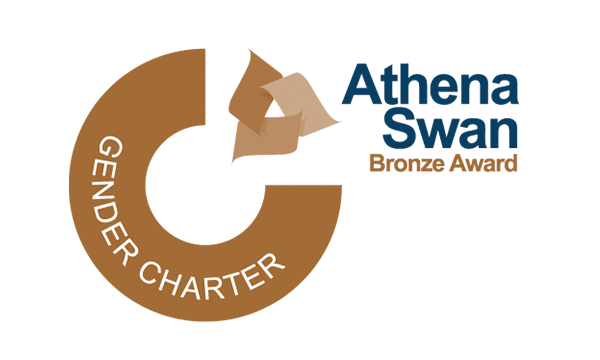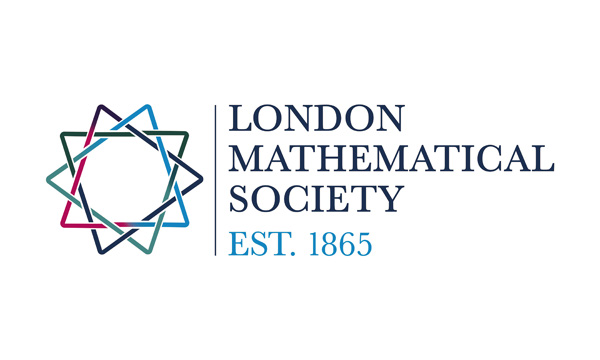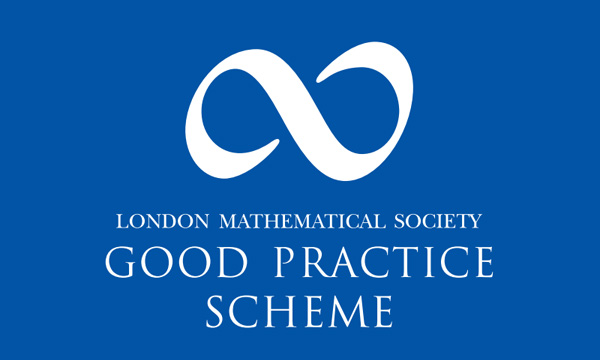Finite Groups
Friday 10th June 2022, Isaac Newton Institute (hybrid). Local organiser: Nadia Mazza
This meeting will build on the LMS ECR online lecture series (COVID Working Group Committee) on crowns, delivered by Gareth Tracey, and it takes place during the Isaac Newton Institute’s programme “Groups, representations and applications: new perspectives”. The theory of crowns in finite groups provide useful tools in the analysis of the group structure. In particular, they can be used to find the minimal number of generators of a finite group, and they also have applications related to the first cohomology group of a finite group. In this meeting, we propose to present some original techniques pertaining to the study of finite groups.
The meeting will take place in hybrid format, in INI Seminar Room 2 at the Isaac Newton Institute, during the programme “Groups, representations and applications: new perspectives”.
Provisional timetable (all times in British Summer Time)
- 13:00-14:00: Valentina Grazian (Milano-Bicocca), On Sharpness for Fusion Systems
- 14:10-15:10: Lucia Morotti (Hannover), Decomposition of spin representations of symmetric groups in characteristic 2
- 15:10-15:50: break
- 15:50-16:50: Gareth Tracey (Oxford), How many subgroups are there in a finite group?
To register for the event and to receive the talk links, please email Nadia Mazza (n.mazza@lancaster.ac.uk).
The FCG Research Group is supported by an LMS Joint Research Groups in the UK Scheme 3 grant. Limited funding is available for PhD students, allocated on a first come first served basis.
For UK-based mathematicians with caring duties the LMS has a Caring Supplementary Grant scheme which allows participants of meetings like ours to apply for help covering caring costs.
Abstracts
Valentina Grazian On Sharpness for Fusion Systems
Fusion systems are structures that encode the properties of conjugation between p-subgroups of a group, for p any prime number, and represent the modern approach to the study of the p-local structure of finite groups. To every saturated fusion system F defined on the p-group S, one can associate a topological space BF that plays the role that classifying spaces play for finite groups. In analogy with finite groups, it is possible to reconstruct such a classifying space BF by gluing together classifying spaces BP, where P runs over a suitably chosen collection of subgroups of S. In 1998, Dwyer showed that if G is a finite group and the collection considered is the one of p-centric subgroups of G, then the corresponding homology decomposition is sharp, making it easier to describe the classifying space BG. In 2015 Diaz and Park established a conjecture that extends Dwyer’s sharpness result in two ways: they consider fusion systems instead of groups and Mackey functors in place of cohomology functors.
In this talk we will illustrate the (still open) sharpness conjecture for fusion systems and we will present new results towards its proof. This is a joint work with E. Marmo.
Lucia Morotti, Decomposition of spin representations of symmetric groups in characteristic 2
In characteristic 2 any representation of a double cover of a symmetric group $\widetilde{S}_n$ can also be viewed as a representation of $S_n$. However, apart for leading composition factors and their multiplicity, only very few results are known about the corresponding decomposition matrices.
In this talk I will characterise irreducible representations that appear when reducing spin representations indexed by 2-parts partitions to characteristic 2 and show how most of the corresponding
decomposition numbers can be obtained.
Gareth Tracey, How many subgroups are there in a finite group?
Counting the number of subgroups in a finite group has numerous applications, ranging from enumerating certain classes of finite graphs (up to isomorphism), to counting how many isomorphism classes of finite groups there are of a given order. In this talk, I will discuss the history behind the question; why it is important; and what we currently know.




